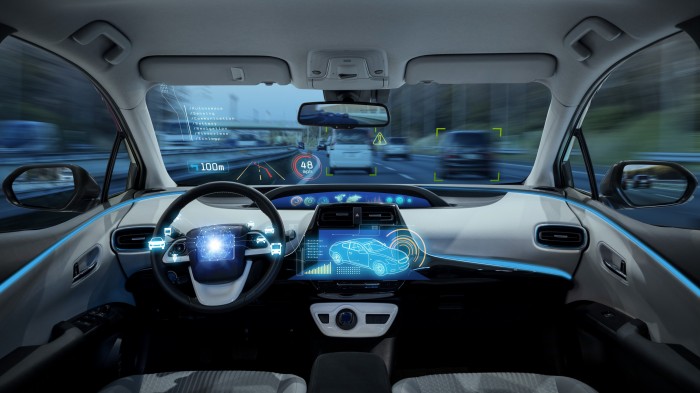- ACRYSTEX MS RESIN
- AGON®
- AMILAN™ PA
- BIFFA r-HDPE
- BIFFA r-PP COMPOUND
- CELANEX® PBT
- CELANYL® PA
- CLEARFLEX LLDPE
- CRASTIN
- DIAKON PMMA
- DISTRUPOL-PRECW
- DRYFLEX® CIRCULAR
- DRYFLEX® GREEN
- DRYFLEX® TPE
- DUTRAL®
- ECOMID® PA
- EGYEUROPTENE
- ELASTOLLAN TPU
- ELTEX MED
- ELTEX P POLYPROPYLENE
- ELVAKON PMMA
- ENTHOVEN RECYCLED PPC
- ERACLENE HDPE
- EUROPRENE®
- EVICOM PVC COMPOUNDS
- FLEXIRENE LLDPE
- FRIANYL® PA
- GREENFLEX EVA
- HY-VIN PVC COMPOUNDS
- HYTREL
- INEOS EBA
- INEOS EMAA
- INEOS LDPE
- INEOS LLDPE
- INEOS PP
- INEOS mLLDPE
- IPETHENE LDPE
- KEPITAL™ POM
- KIBILAC ASA
- KIBISAN SAN
- KIBITON Q-RESIN
- KIBITON TPE
- LG ABS
- LG ASA
- LG LUPOX PC/PBT
- LG LUPOY PC
- LG LUPOY PC/ABS
- LG LUPOY PC/ASA
- LG LUSEP PPS
- LG SAN
- MEDALIST TPE
- MEDIPRENE TPE
- MINLON PA
- MONPRENE TPE
- PEARLENE
- PHARMALENE PE & EVA
- PINNACLE HPP
- PINNACLE ICPP
- PINNACLE RCPP
- POLYCHIM PP
- POLYLAC ABS
- POLYREX PS
- PURGEX CLEANING COMPOUND
- PVOH (Polyvinyl Alcohol)
- RECYCL-IN
- RIBLENE LDPE
- RIGIDEX HDPE
- RIGIDEX MDPE
- RYNITE PET
- SARLINK TPV AND TPE
- THERMOFIL REINFORCED PP COMPOUNDS
- TORAYCON PBT
- TORELINA PPS
- TOYOLAC ABS
- TOYOLAC MABS
- TRIFILON BIOLITE
- TRIFILON REVO
- TRIFILON SWITCH
- WELLS PLASTIC ANTISTATICS
- WELLS PLASTICS ANTIBLOCKS
- WELLS PLASTICS ANTIMICROBIALS
- WELLS PLASTICS ANTIOXIDANTS
- WELLS PLASTICS BLOWING AGENTS
- WELLS PLASTICS FLAME RETARDANT MASTERBATCHES
- WELLS PLASTICS FRAGRANCES
- WELLS PLASTICS OXO BIODEGRADABLES
- WELLS PLASTICS PROCESSING AIDS
- WELLS PLASTICS PURGE AND CLEANING COMPOUNDS
- WELLS PLASTICS SLIP AGENTS
- WELLS PLASTICS UV STABILISERS
- WONDERLITE PC
- WONDERLOY PC/ABS
- ZYTEL PLUS
- ZYTEL HTN
- ZYTEL LCPA
- ZYTEL PA
- ZYTEL RS
Driverless Vehicle Systems
Driverless vehicles are no longer a futuristic concept. With the incredible advancement of advanced driver assistance systems (ADAS), autonomous vehicles are very much part of the present moment.
Autonomous vehicles rely on radars and sensors to maintain safe and efficient driverless 'driving', including driver assistance technologies such as collision warning systems, automatic emergency braking, and lane departure warnings.
Industry requirements:
- Low dielectric properties for radar transparency
- Material and design solutions for radar absorbency
- Excellent dimensional stability and low warpage
- Excellent balance of mechanical properties
- Resistance to exterior environments, including road salt, automotive fluids, thermal
- cycling, and hydrolysis resistance
- Improved laser-marking properties
- Outstanding heat, chemical, and electrical resistance
- Excellent combination of toughness, stiffness, and dimensional stability
- Good chemical resistance
- Extensive material data available for
anisotropic analysis - Enhanced laser marking solutions
Spotlight on Crastin® PBT:
- Stiff, tough PBT thermoplastic
- Superior electrical insulating properties
- Resin of choice for cost-effective, high-performing automotive radar systems
Crastin® PBT and Zytel® PA offer benefits to support multiple radar system components:
Radome:
- Improved radio transparency with low Dk and low Df
- Excellent dimensional stability
- Improved toughness
- Superior hydrolysis resistance for hot and humid environments
- Available laser transparent and with improved laser marking
- Low warpage for higher dimensional control
- Standard grade with good mechanical properties
Mounting Brackets Sensor Support:
- Excellent combination of toughness and stiffness
- Good chemical resistance
- Extensive material data available for anisotropic analysis
- Improved laser marking solutions available
- Higher thermal conductivity for heat dissipation
- EMI shielding (depending on requirements)
- Improved toughness
- Superior hydrolysis resistance for hot and humid environments
- Improved thermal-shock-cycling resistance
- Available laser transparent and improved laser marking
- Low warpage for higher dimensional control
- Standard grade with good mechanical properties
© 2025 Distrupol. All rights reserved.

